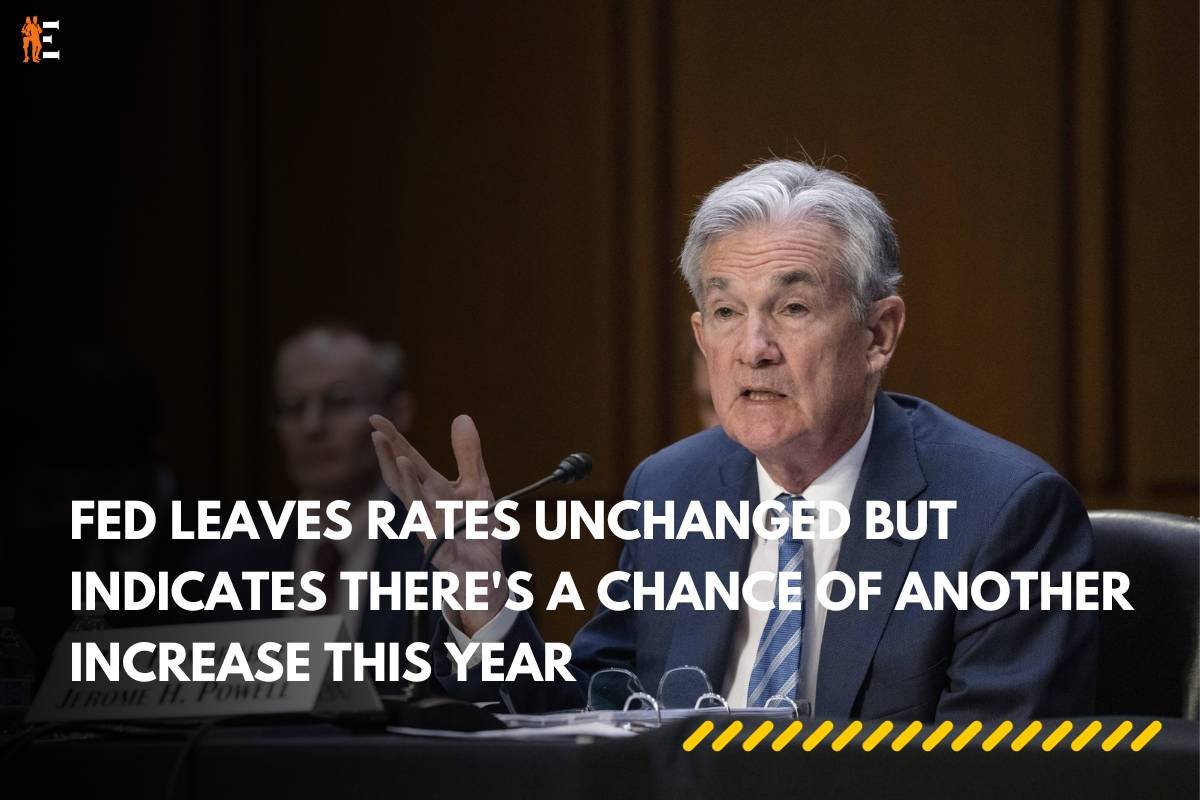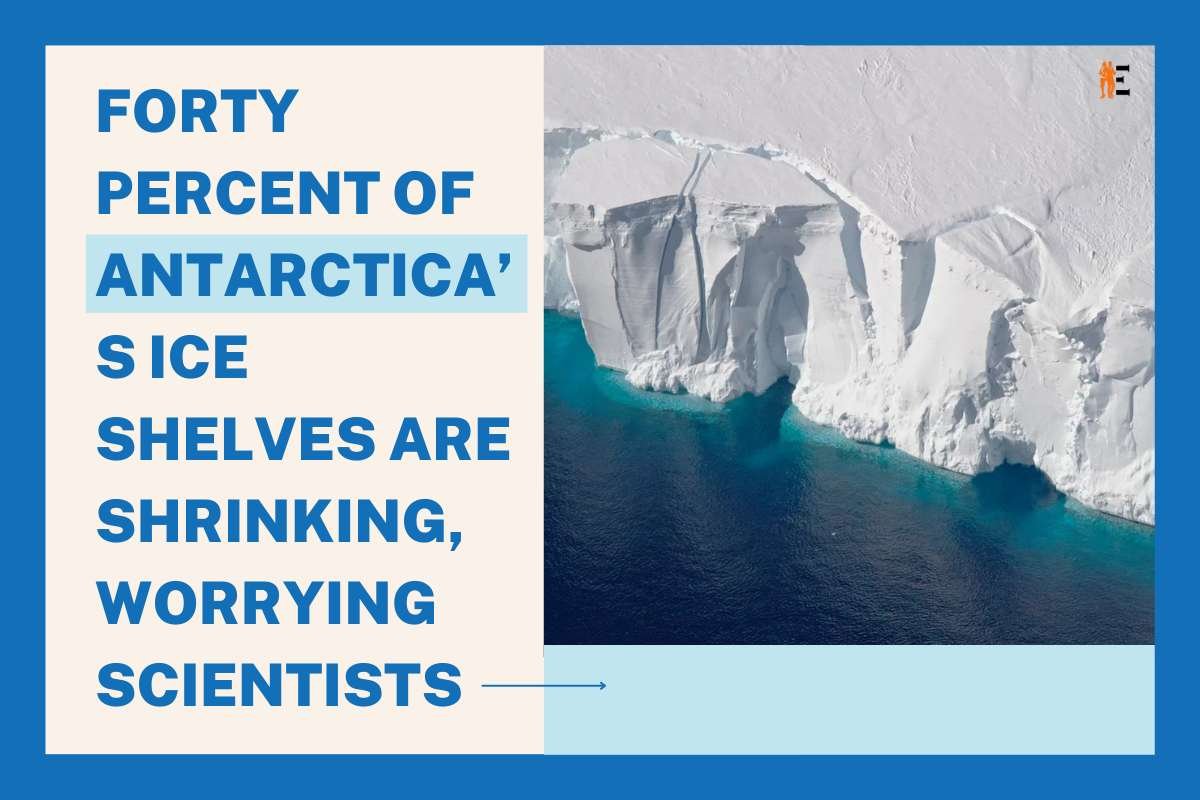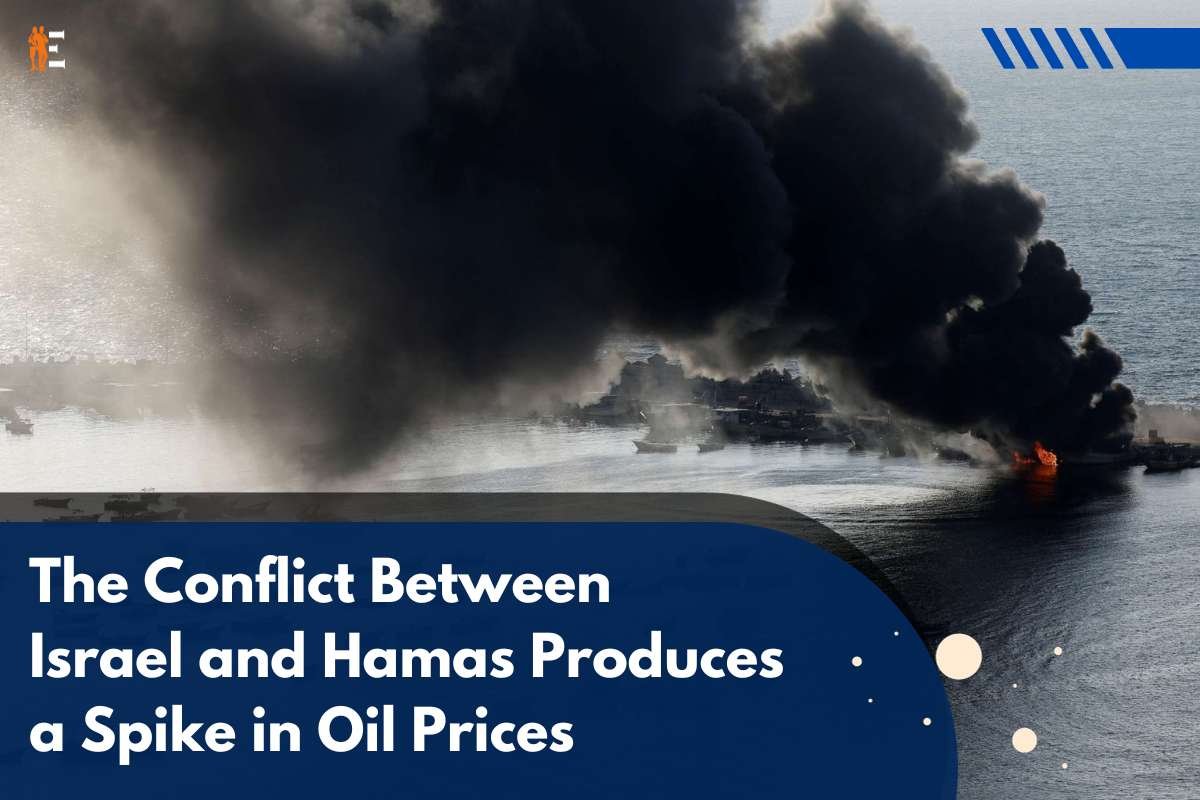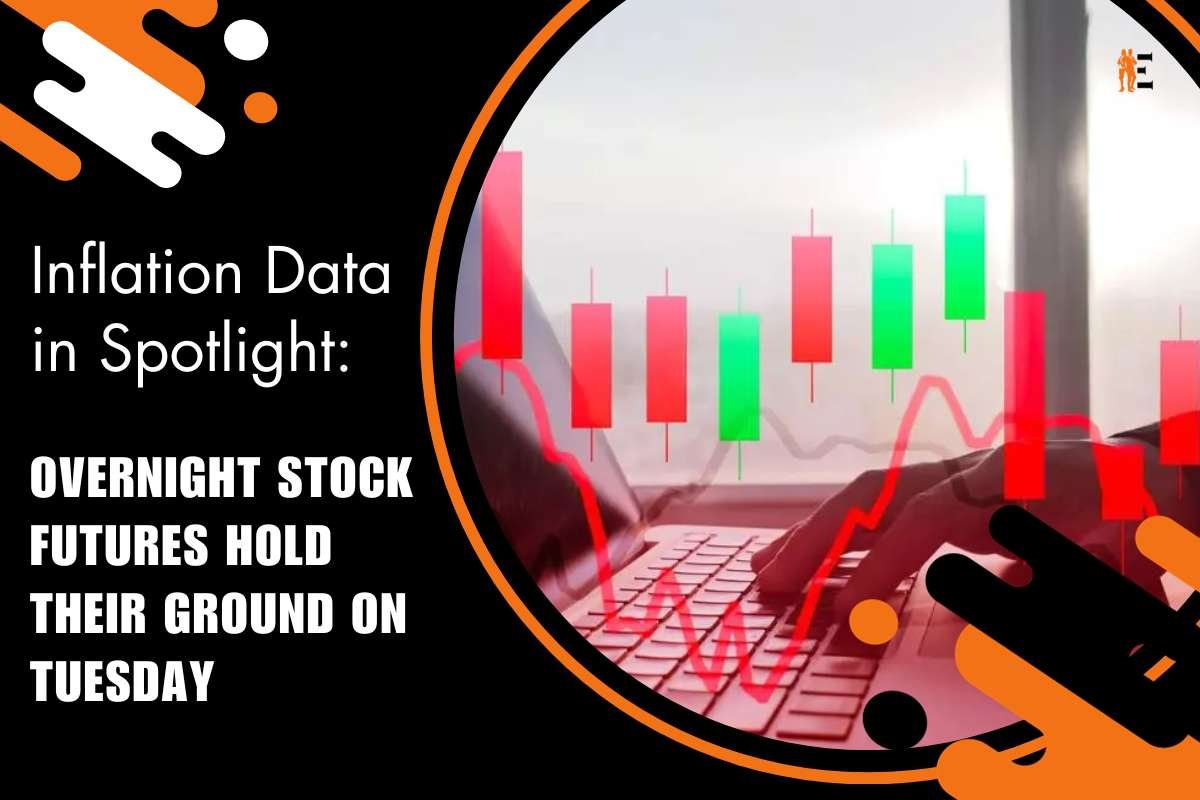For the second time in its last three meetings, the Federal Reserve kept its benchmark interest rate constant on Wednesday, indicating that it is easing off on its fight against inflation as the pressure from rising prices has subsided. However, Federal Reserve representatives also made it clear that they anticipate raising rates again this year.
From a year-over-year peak of 9.1% in June 2022 to 3.7% today, consumer inflation has decreased. However, it remains much above the Federal Reserve’s 2% target, and the central bank’s policymakers made it clear on Wednesday that they are still far from declaring victory over the biggest inflationary wave in forty years. In light of the Fed’s most recent decision, the benchmark rate is now roughly 5.4% after the central bank started raising rates 11 times starting in March 2022.
The cost of consumer and commercial loans has dramatically increased as a result of the Federal Reserve’s increases. The central bank is adjusting its rate policies in an effort to steer the American economy towards a tricky “soft landing” of decreasing inflation without starting a severe recession.
The Fed’s actions on Wednesday demonstrated that, even as their benchmark rate approaches a peak, their officials aim to maintain it there for an extended length of time. In addition to expecting another increase by the end of the year, Federal Reserve officials also expect to maintain high rates well beyond 2024.
Compared to the four rate cuts they anticipated in June, they now only expect to reduce interest rates twice in 2019. By the end of 2024, they anticipate that their main short-term rate will still be 5.1%, which is higher than it was from the Great Recession of 2008–2009 through May of this year.
Federal Reserve leaves interest rates unchanged at 22-year high, signals one more hike in ’23
The decision-makers’ propensity to maintain rates at a high level for an extended term shows that they are still concerned that inflation may not be tumbling towards their 2% target quickly enough. Contrary to forecasts, the job market and economy have held up well, defying predictions that the Fed’s sequence of rate hikes would result in widespread job losses and a downturn.
At a news conference, Chair Jerome Powell stated that there is still a long way to go in the process of bringing inflation stably down to 2%. Before deciding that it’s time to stop the rate hikes, “We’ve seen progress, and we welcome that, but we need to see more progress.”
Powell also expressed his confidence that the rate-hiking cycle is nearing its conclusion, saying, “We’re fairly close, we think, to where we need to get.”
After the Federal Reserve released a statement following its most recent policy meeting and updated its economic projections, Treasury rates shot up substantially on Wednesday. The yield on the two-year Treasury note increased from 5.04% to 5.11%, generally reflecting expectations for upcoming Fed moves.
The policymakers predict that the economy will expand more quickly this year and next year than they had anticipated in their latest quarterly predictions. They now predict that growth will reach 2.1% this year, up from their previous forecast of 1%, and 1.5% the next year, up from their previous prediction of 1.1%.
By year’s end, core inflation, which excludes volatile food and energy costs and is thought to be a reliable indicator of future trends, is now anticipated to decline to 3.7%, which is a decrease from the 3.9% prediction made in June. According to the Federal Reserve’s favoured metric, core inflation is at 4.2%.
The Fed’s current approach to rate rises indicates the officials’ increased awareness of the risks that raising rates too high poses to the economy. They used to concentrate more on the dangers of not doing enough to reduce inflation.
The Federal Reserve has attempted to slow borrowing for things like houses, vehicles, home renovations, business investment, and the like by raising interest rates across the economy dramatically in order to alleviate expenditure, moderate the rate of growth, and curb inflation.
Although there has been noticeable improvement in inflation, petrol prices have risen once more, with the national average for a gallon as of Tuesday standing at $3.88. Over 12% more has been added to oil prices in the last month alone.
And because Americans have continued to spend money, encouraged by consistent job growth and salary increases, the economy is still growing at a strong rate. Both tendencies have the potential to keep inflation and the Fed’s interest rates high enough and for long enough to reduce consumer and business spending as well as the economy’s overall strength.
While overall inflation has decreased, some prices, including those for veterinary care, auto insurance, car maintenance, and hair salons, are nevertheless rising more quickly than they did before to the pandemic. Nevertheless, the most recent numbers are consistent with what the Federal Reserve hopes to see: With the volatile food and energy prices excluded, inflation registered its two lowest monthly readings in over two years in June and July.
Additionally, there are more indications that the employment market isn’t as strong as it once was, which helps keep inflation under control. The hiring rate has slowed down. In June and July, the number of openings went down significantly. The number of Americans who have begun looking for work has also increased. As a result, there is now a better balance between the supply and demand of labour, which lessens the pressure on businesses to raise wages in order to recruit and retain staff and avoid having to increase prices to cover rising labour expenses.
However, the road to reducing inflation has grown increasingly bumpy: Consumer prices increased by 0.6% in August on a monthly basis, the highest increase in over a year. Prices increased 3.7% from a year earlier, marking the second consecutive rise of this kind.
And certain elements pose a risk of reigniting inflation, depressing the economy, or both. For instance, rising oil prices are slowly increasing the cost of petrol. If that pattern persisted, inflation would worsen and consumers would have less money to spend. Even the United Auto Workers union’s now restrained strike against the Big 3 American automakers could ultimately lead to an increase in car costs.
The Federal Reserve meeting this week takes place as most central banks across the world raise interest rates to combat inflation. After the epidemic disrupted global supply chains and led to shortages and higher prices, prices skyrocketed. Following Russia’s invasion of Ukraine in February 2022, which caused a spike in the price of commodities like as oil, inflation got worse.











